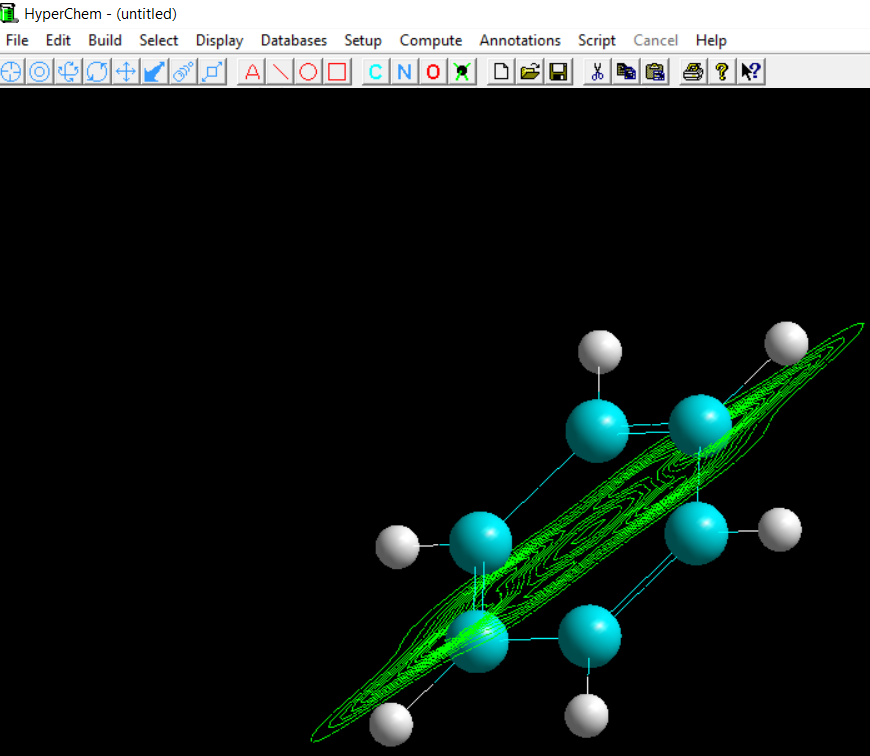Estimation of equilibrium vs estimation of equilibrium in a distillation column

Many engineers misunderstand the results of computational chemistry predictions of physical processes when they compare them with experimental observations in real devices. One such case is the prediction of equilibrium between multi phase, multi component mixtures in distillation columns, adsorption columns and even reactors. Computational chemistry simulations of equilibrium offer a real insight and the most accurate predictions in a micro system that is totally under our control. In that respect, computational chemistry simulations are even more accurate than laboratory experiments since there are always factors that cannot be fully controlled in a lab experiment. When carrying out computational chemistry simulations you need to understand that what you predict is the reality of that micro volume.
So, what changes when we try to scale these predictions to real life sizes, lets say a distillation column tray? The answer is really simple; the predictions are still accurate for the micro volume of the tray that we focus in. However, when we scale up we introduce numerous interactions and irreversibilities that create the ‘gap’ between Computational Chemistry predictions, CFD prediction, Process simulation predictions and real life measurements. Is this a bad thing? Definitely no! It is actually an opportunity that we are given to study physical and chemical processes from different points of view. It also offers the ability to combine the different approaches, find explanations to diversions from expected outcomes and optimize our processes.
Let’s use the distillation column tray as our case study. Even today, many designers use pre- defined tray ‘efficiencies’ when designing distillation column trays. Those efficiencies are provided by the vendors based on CFD, Computational Chemistry and experimental tests. Then what is the use of the simulations? Say that you do have an issue with an overall efficiency drop in a tray [or more]. This could be attribute to differences in compositions of incoming flows, in variations of temperature and pressure, in mechanical defects of the tray itself, in fouling and other factors. The most credible way to identify the issue [s] is to actually be able to isolate and correlate potential causes at will. A Computational Chemistry simulation at different compositions and temperatures will confirm the new equilibrium point if it exists. It will also reveal potential bottlenecks and other interactions of the numerous components. If such an issue exists, you will identify it at the very first step. If the issue is not due to compositions variations [or phase ratios], a CFD simulation can reveal potential causes due to fouling, cracks or even different flow profiles that have been established due to operational changes. Those effects can never be identified via a computational chemistry simulation. If there is no issue with the mechanical properties of the tray or the flow profile, one can resort to process simulation. Process simulation will reveal issues that most engineers can understand; issues that come from loss of control, fluctuations of controlled variables, changes of product properties, etc.
The optimum approach is always to use one simulation’s data for the next level of simulation. Use the information generated in computational chemistry simulations to perform more accurate CFD simulations. Use the CFD predictions to understand potential friction losses, bottlenecks and incorporate those to your process simulation modeling.
